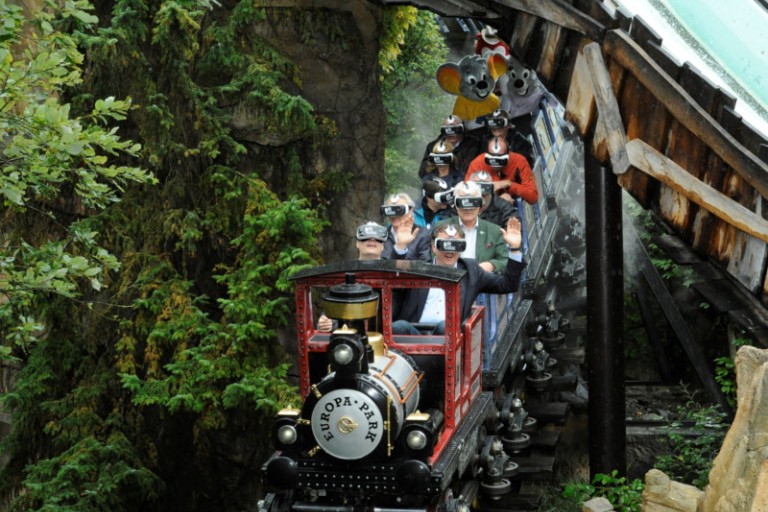- Home
- Research
- Professorships
- leisure and tourism experiences
- project experiencing vr roller coaster

Experiencing a VR Roller Coaster
Theme parks are looking into extending the life cycle of roller coasters by creating VR environments that are designed for and synchronised with the ride. Riding a coaster with a VR headset that immerses visitors into a virtual environment is therefore a rapidly emerging trend.
What was the goal of this research?
In this project we compare how visitors experience a roller coaster ride with and without VR add-on.
What method was employed?
We recorded bodily indices of emotional engagement (skin conductance responses; SCRs) during roller coaster rides with and without Virtual Reality (VR) add-ons, alongside with self-reported evaluations of the two types of rides.
What findings did we uncover?
Self-reported levels of presence are similar across VR and NVR rides, and VR rides are evaluated more positively. SCR time series correlate meaningfully with the different ride elements and can therefore be used to identify which parts of the ride are, or aren’t, emotionally engaging. SCRs do not significantly predict overall evaluations of the ride, however.
What is the timeline of this project?
March 2018 - December 2020
Who is our main collaborating partner?
Europapark, Germany
Interested in this project or other publications?
BUas uses Pure for all research publications; the up-to-date overview of all BUas knowledge output.